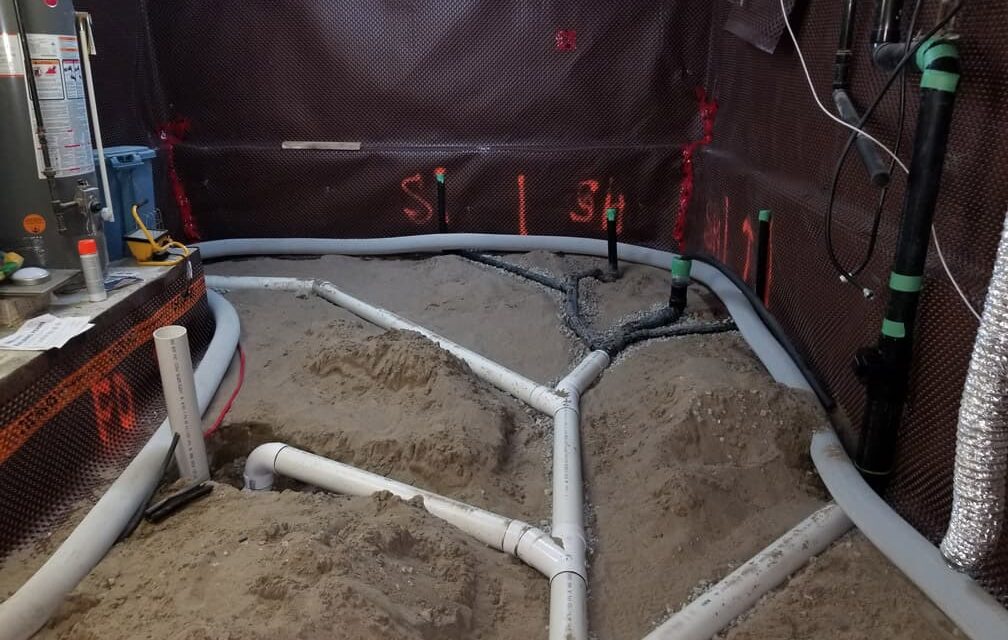Several years ago, polybutylene (poly-b) plumbing was discontinued from homes and replaced with more modern plumbing systems. The reason is, over time, the pipes involved in poly b plumbing would burst and leak because they were so susceptible to failure. These deficiencies caused untold water damage. What made it worse was home inspectors noted that leakage can happen without warning, and it’s difficult to see poly-b’s condition because damage develops obscurely from the inside of the pipe.
If your home has poly-b plumbing, sooner or later you will need to replace it. In the meantime, to extend the life of the existing poly b piping you can replace plastic fittings, remember to not crimp the metal bands too tightly, lower the pressure valves, reduce chlorine levels, and limit hot water use. Continue reading for a more in-depth explanation of these maintenance strategies as well as addressing what is poly b piping, how poly-b plumbing works, tips and tricks on how to identify this type of plumbing, is it legal in Canada, replacement costs, and so much more helpful information to round out Waterguard Plumbing’s complete guide for everything you need to know about polybutylene plumbing.
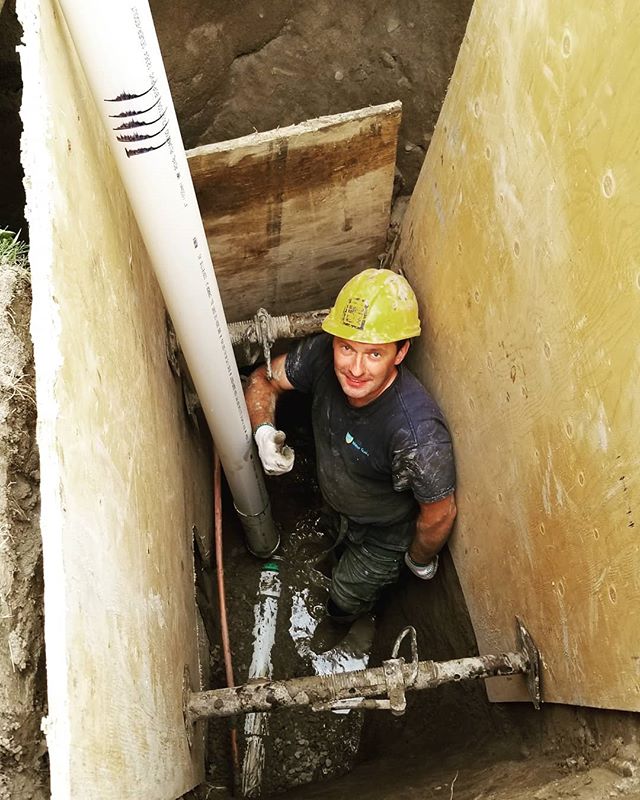
What is Polybutylene (Poly-B) Plumbing and How Does it Work?
Polybutylene is a form of plastic resin that was used as water supply pipes in homes. It was manufactured from 1978 until 1995 and marketed as “the pipe of the future”, as it was a substitute for the more expensive alternative copper piping. In addition to the low cost of poly-b piping systems, it is very flexible and easy to install.
They were typically coloured white or grey, with a dull finish. Polybutylene was also installed throughout the home as a form of branch piping to supply hot and cold water to each fixture, as well as from the home to the street acting as main water lines. Unfortunately, this outdated plastic piping was filed for countless class-action lawsuits because notoriously pipes split, micro fracturing occurred, and the subsequent home damage was unforgiving.
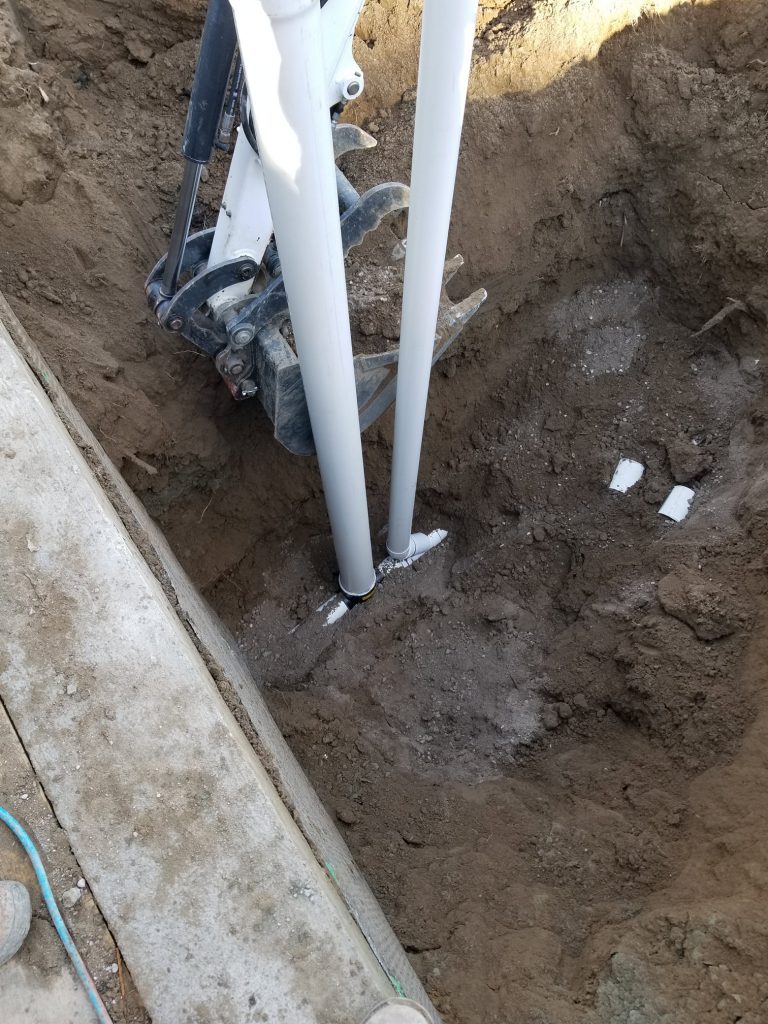
Identifying Poly-B Plumbing in Your Home: Tips and Tricks
If you’re questioning whether poly-b pipes are a part of your water plumbing system, here are some tips and tricks to help you identify them in your home:
- Look for grey plastic pipes anywhere with exposed plumbing. For example, at the hot water tank, coming out of the walls feeding under the sink, for toilets, running across the ceiling of an unfinished basement, connected to the water meter, and/or near the water heater.
- Look for plastic fittings, common in poly-b plumbing systems. The fittings connecting the lengths of pipe may also be made from copper or brass, such as in Alberta, where this material is reportedly quite common.
- Look for the markings printed on the pipes. The identifying code is either “CSA-B 137.8.” or “PB2110”, stamped on the side. Keep in mind, just because you do not see these codes, do not assume you do not have poly-b piping.
In any case, if you suspect poly-b pipes are installed in your home however confirmation is uncertain, contact a plumber, such as Waterguard Plumbing, to arrange an inspection. It’s much better and more important to be safe than sorry when dealing with poly-b pipes.
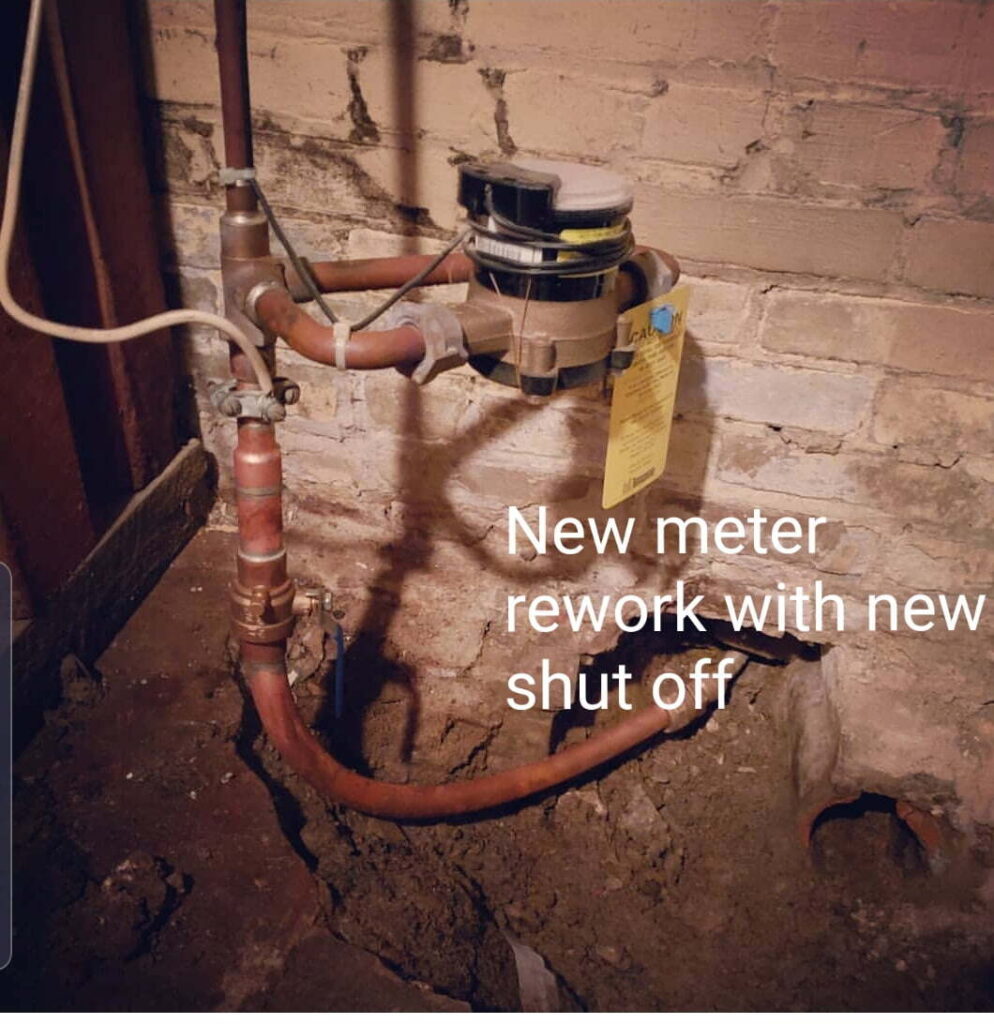
Potential Issues That Come with Polybutylene (Poly-B) Pipes and How to Address Them
Polybutylene pipes are a cause for concern for several reasons. The main and most common issue is leakage. This may occur about 10-15 years after installation. Your pipe will first suffer from a hairline crack and gradually worsen over time, leading to leakage which can cause damage to the walls and/or slab in your home.
Leakage may also occur if the poly-b piping was not installed correctly, say for example, it was over-tightened or left too loose. Because polybutylene is flexible, it can overbend, causing stress to the pipe. As a result, leakage or bursting will occur and cause damage to your home. Water leakage can stain the walls and create mold which is obviously harmful to the health of you and your family.
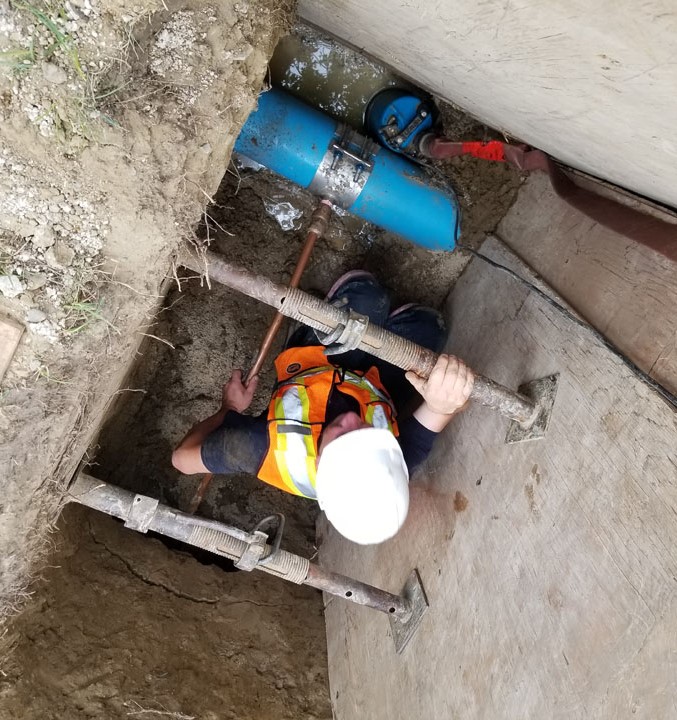
Poly b plumbing is also susceptible to rupturing or bursting if the inner layer of the pipe is damaged by exposure to certain chemicals such as chlorine. The only way to identify the condition of your poly-b pipes however is to inspect the inner layer, this of which can only be done by completely removing the pipe in its entirety from the water system.
Another issue of poly-b piping is that with any exposure to high temperatures, or if it is connected to a boiler or any heating system, the lifespan of this piping system significantly decreases. A leaking pipe identifies itself easily whereas degradation from strong chemicals or high heat can wear over a long period, starting from inside the pipe. Thus, poly-b plumbing may appear perfectly fine externally but is on the brink of rupturing internally. There’s just no way to tell. The most effective strategy to address this outdated plumbing system is to invest in poly b replacement piping to come into effect before leakage occurs and the damage is too late to overcome.
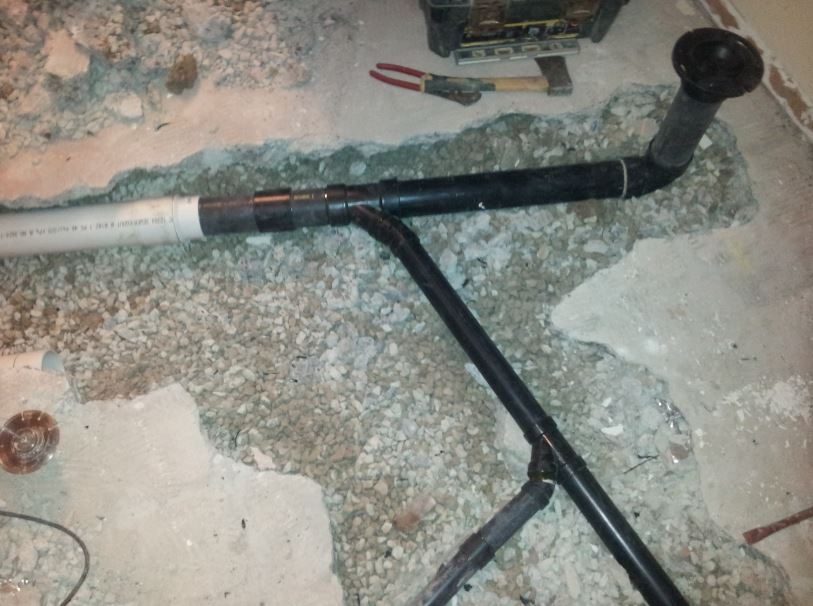
Is Poly-B Pipe Illegal in Canada? What You Need to Know
The poly-b pipe began manufacturing around 1978 and was discontinued around 1995. It wasn’t until 2005 where the standard plumbing code of Canada removed poly-b piping from its list of approved plumbing systems.
The reason being, there was an overwhelming concern for the large number of homeowners who faced various safety hazards. Poly-B plumbing’s experienced failures ultimately impacted the way insurance companies viewed homes that have these pipes installed.
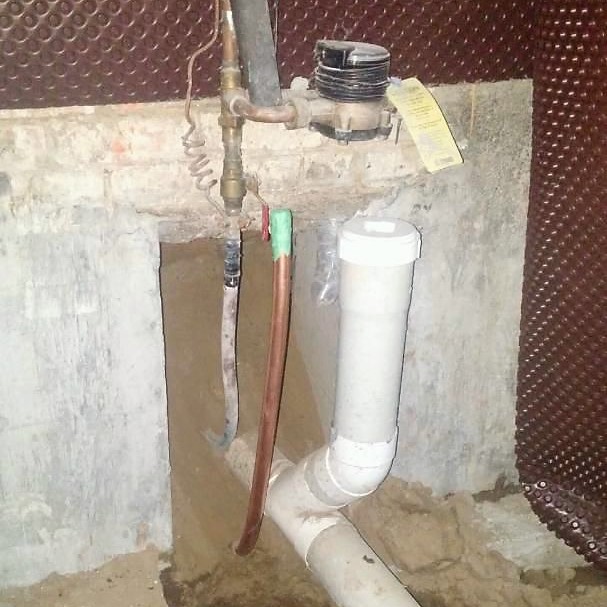
Costs to Replace Poly-B Plumbing: Factors to Consider
On average, the cost to replace poly b piping in your home in Canada will range between $3,000 to $25,000.
The major factor to consider that will either raise or lower costs is the size of your home. Not surprisingly, a larger home undergoing replacement poly-b plumbing will cost more because it requires a plumbing system substantial enough to match its stature. Additional factors to consider are the costs of materials, labour, and gaining access to the pipes. The work itself inherently is an expensive undertaking because it involves opening walls and tearing up floors.
We do not recommend leaving your poly-b pipes for too long because as time passes, leaking is more likely to occur. And when this does, additional costs for remediating water damage and mould on top of replacing the poly-b pipes will begin to add up.
Maintaining Your Poly-B Plumbing: Best Practices for Longevity
Though poly-b plumbing has been discontinued for quite some time now, it does still exist in older homes. If you are one of those remaining homeowners with poly-b plumbing, replacement is evitable. Nevertheless, there are a few measures you can take in hopes to extend the life of your existing poly-b piping.

